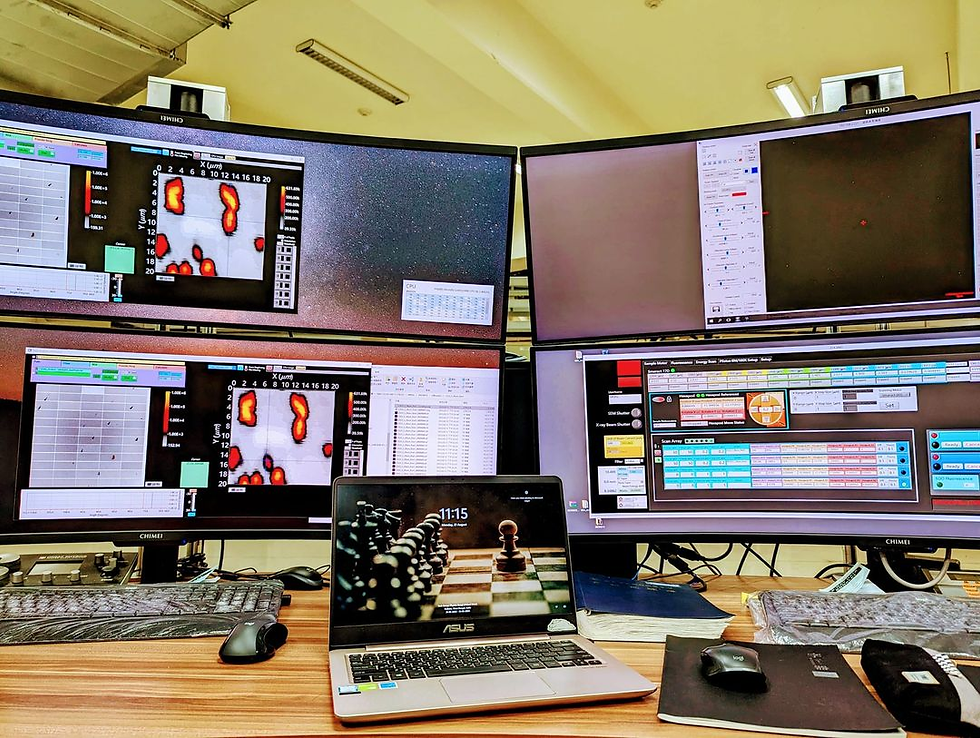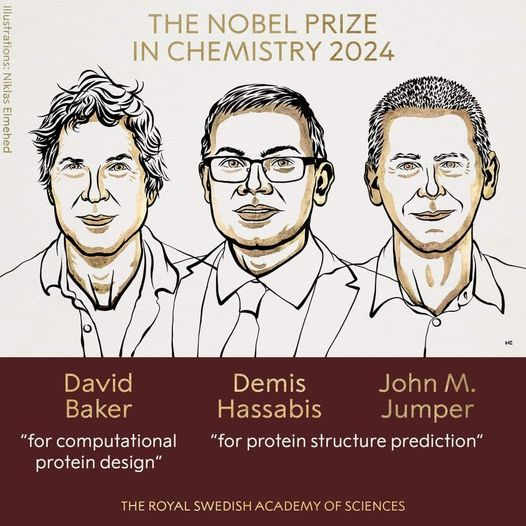!! My New Experience with Laue Diffraction !!
- Shubhayan Mukherjee

- Oct 10, 2023
- 2 min read
As a student of Material Science with a Physics background, I was introduced to the term "diffraction" a long year ago during my high school studies. The popularity of Bragg's law (nλ = 2d) is well-known to all. It's a sweet and simple equation that holds a profound explanation of materials. Since the beginning of my research journey, diffraction has been an integral part of my experimental schedule, whether in in-house setups or at synchrotron light sources. Now, I've had my first experience with the experimental journey of Laue diffraction at a synchrotron photon source. While the theory of Laue diffraction wasn't unfamiliar, the implementation of the theory in reality is the key to understanding and meeting expectations.
Let's delve a little deeper into diffraction and its various methods.
Diffraction plays a pivotal role in material science by providing valuable insights into the structural properties of materials. By analyzing the diffraction patterns produced when a material interacts with a beam of radiation, such as X-rays or electrons, researchers can determine the arrangement of atoms in the material's crystal lattice. This aids in identifying crystal structure, understanding grain size, defects, and other characteristics that are essential for designing and engineering materials with specific properties. Techniques like X-ray diffraction, widely used to study the composition and behavior of materials, have applications in fields such as metallurgy, nanotechnology, and solid-state physics.
Different types of diffraction techniques exist, including the well-known Bragg's law. But what about Electron Diffraction? This technique involves bombarding a sample with a beam of electrons instead of X-rays. It's particularly useful for studying small crystal structures, nanomaterials, and even single molecules. Similarly, Neutron Diffraction employs neutrons instead of X-rays or electrons. Neutrons interact with atomic nuclei, allowing researchers to gather information about atomic positions and magnetic properties. This technique is invaluable for studying magnetic materials and compounds containing hydrogen. Considering incident angle positions and movement, we have Small Angle X-ray Diffraction and grazing XRD. On the other hand, if our focus shifts to scattering, Small-Angle X-ray Scattering becomes an interesting method for studying sizes, shapes, and arrangements of macromolecules, nanoparticles, and other nanoscale materials.
Now, let's explore Laue Diffraction.
Laue diffraction, also known as white-beam diffraction, involves irradiating a crystal with a polychromatic (white) X-ray beam and observing the resulting diffraction pattern. While the formula for Laue diffraction involves the relationship between crystal lattice spacing, the incident X-ray wavelength, and diffraction angles, it's important to note that, unlike Bragg's law, there isn't a specific equation. Instead, it encompasses a range of diffraction angles and orientations.
In Laue diffraction, the principle is that the incident X-ray beam interacts with the crystal lattice, and the resulting diffraction pattern reflects the lattice symmetry and orientation. This pattern is captured on a detector and can be used to determine the crystallographic symmetry and lattice orientation of the crystal.
However, it's important to acknowledge that Laue Diffraction doesn't provide precise information about lattice parameters directly, unlike Bragg's law.
In conclusion, for a detailed characterization of materials, blending both Bragg's and Laue's techniques offers an exact and comprehensive view. I am truly privileged to have had the opportunity to work at a photon source with an energy of ~3GeV, where I performed White Light Laue Nanodiffraction.

Taiwan Photon Source (TPS), National Synchrotron Radiation Research Centre (NSRRC)




Comments